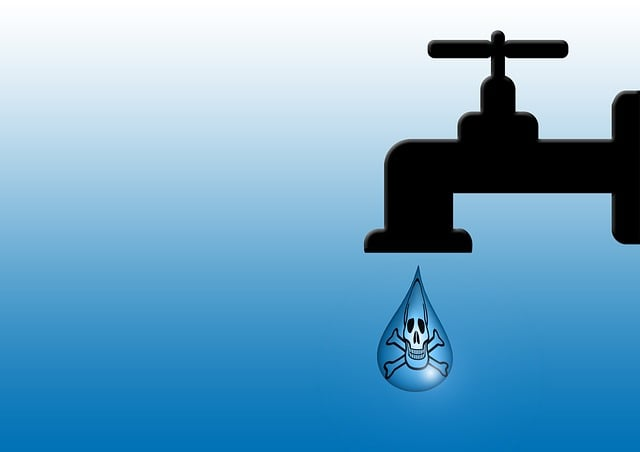
Introduction
PFAS, those ominous “forever chemicals” that don’t stay away no matter how hard you filter, are suddenly in the crosshairs. Across the U.S., Europe, and beyond, regulators are tightening rules. Utilities, engineers, and water tech firms are rushing to keep up. The question now: can the science catch up with the regulations before the crisis gets worse?
This article explores what PFAS are (beyond the buzzword), why regulation is accelerating, which treatment methods are moving from lab to field, and what obstacles remain. Expect insight from recent podcast episodes and reports that are actually audible / readable now..
What Are PFAS and Why They Terrify Regulators
Defining the threat
PFAS (per- and polyfluoroalkyl substances) are synthetic chemicals used in firefighting foams, nonstick cookware, waterproof fabrics, etc. Their durability in the environment is infamously high, which means once they’re out there, getting rid of them isn’t easy.
Health & environmental alarms
The danger isn’t just theoretical. Exposure has been linked to cancers, endocrine disruption, developmental effects. The way PFAS accumulate in wildlife and humans makes regulators nervous. Populations near industrial discharges or firefighting foam usage are particularly affected.
Why Rules Are Tightening Everywhere
U.S. EPA’s action & its ripple effects
The EPA’s PFAS rules, many episodes (including The PFAS Rule and Solving the PFAS Challenge with Xylem’s Snehal Desai) discuss how utilities now face enforceable limits. This clarity forces action: what was optional becomes must-do.
EU and global angles
The EU is pushing toward bans or strict regulation of PFAS under REACH and other chemicals laws. Pressure from scientists, environmental groups, and public cases mean that PFAS won’t be ignored anymore.
Public pressure and lawsuits
Public awareness has exploded. Podcasts like All About PFAS with Chris Moody show how utilities are being asked tough questions: how clean is “clean,” how transparent are monitoring data, and who pays? Lawsuits and community activism are shaping regulation in many states.
How Innovators Are Responding
Early adopters & pilot projects
Some utilities are installing advanced filters, switching to stronger resins, exploring mobile treatment, or testing destructive technologies in pilot form.
Tech companies seeing opportunity
Firms such as Xylem (covered in The PFAS Rule … with Snehal Desai) are investing in detection, modular treatment systems, and scalable solutions.
Science and policy collaboration
Research agencies, universities, and regulatory bodies are working together to understand what works in the field, not just the lab. For instance, supercritical water oxidation (see Marc Deshusses in Supercritical Water Oxidation – A PFAS Solution) is being discussed not just as theory, but with data on feasibility and obstacles.
What Treatment Methods Are Getting Real
Traditional capture (activated carbon, ion exchange)
Still widely used; good for many PFAS types (especially long-chain), but expensive, and needs disposal/regeneration strategies.
Membrane technologies and filtration
Reverse osmosis, nanofiltration: very effective, but energy intensive and create brine waste that must be handled.
Destructive technologies
This is where the sharpest innovation is happening: “forever chemicals” destroyed rather than sequestered. Examples: supercritical water oxidation; plasma-based destruction. In the Supercritical Water Oxidation – A PFAS Solution episode, Marc Deshusses walks through how that tech can work—and what’s still blocking wide deployment.
Mobile deployment & hybrid systems
Some systems are being developed to be modular, mobile, or hybrid (capture + destruction). These are seen as more flexible, especially for utilities without deep infrastructure or large budgets.
What Still Trips Up Progress
Cost & scale
Many destruction technologies are costly, both capex and opex. They often work in pilot scale, but scaling to large drinking water or wastewater utility plants is expensive and tricky.
Byproduct risks
Destroying PFAS often generates other compounds; ensuring those byproducts are safe is crucial.
Monitoring & detection limitations
Many PFAS compounds exist; detecting them at low levels reliably is hard. Labs are still catching up.
Regulatory alignment
Even when regulations exist, they vary widely across jurisdictions, making planning difficult for companies and utilities.
Examples That Signal Something Big
- Supercritical Water Oxidation with 374Water’s Marc Deshusses: this technology is being tested to destroyPFAS, not just filter them. Bluefield Research
- “The PFAS Rule and Solving the PFAS Challenge with Xylem’s Snehal Desai”: useful for seeing how utilities are reacting to real EPA rules, and what treatment solutions are currently available. Apple Podcasts
- “All About PFAS with AWWA’s Chris Moody” gives a broad regulatory and utility-side perspective: what’s legal, what’s feasible, what’s still far off. Podchaser
Conclusion
PFAS regulation is no longer a wave, it’s a tsunami. It’s pushing the water treatment industry to innovate fast. While much of the technology is still proving itself at scale, the tide has turned: doing nothing is not an option.
The takeaway? If you’re in the water sector, be it utility, regulator, researcher, you need to be proactive. Test more, pilot new tech, push for funding, and get transparency with your communities. Because PFAS may be “forever,” but our failure to act doesn’t have to be.



